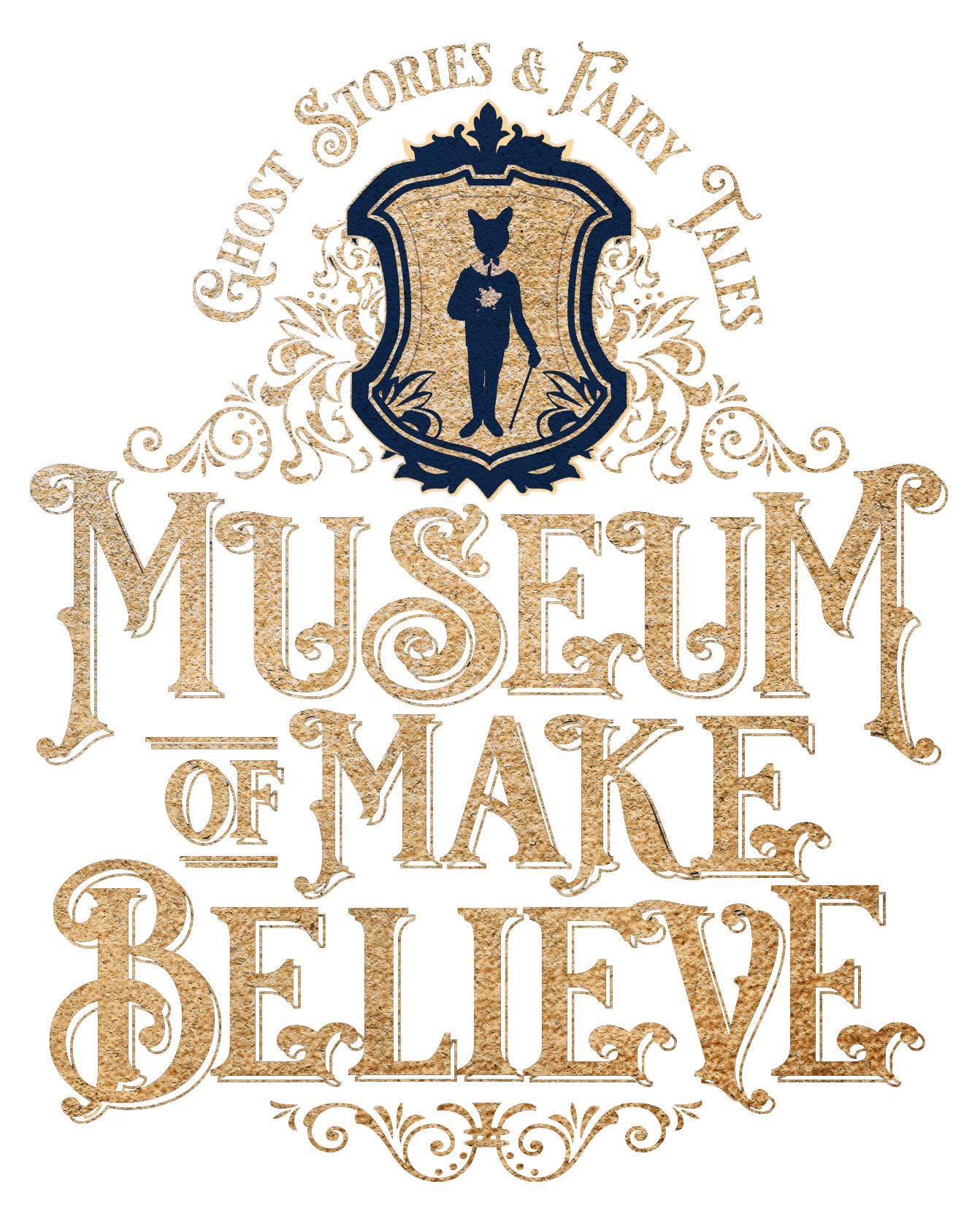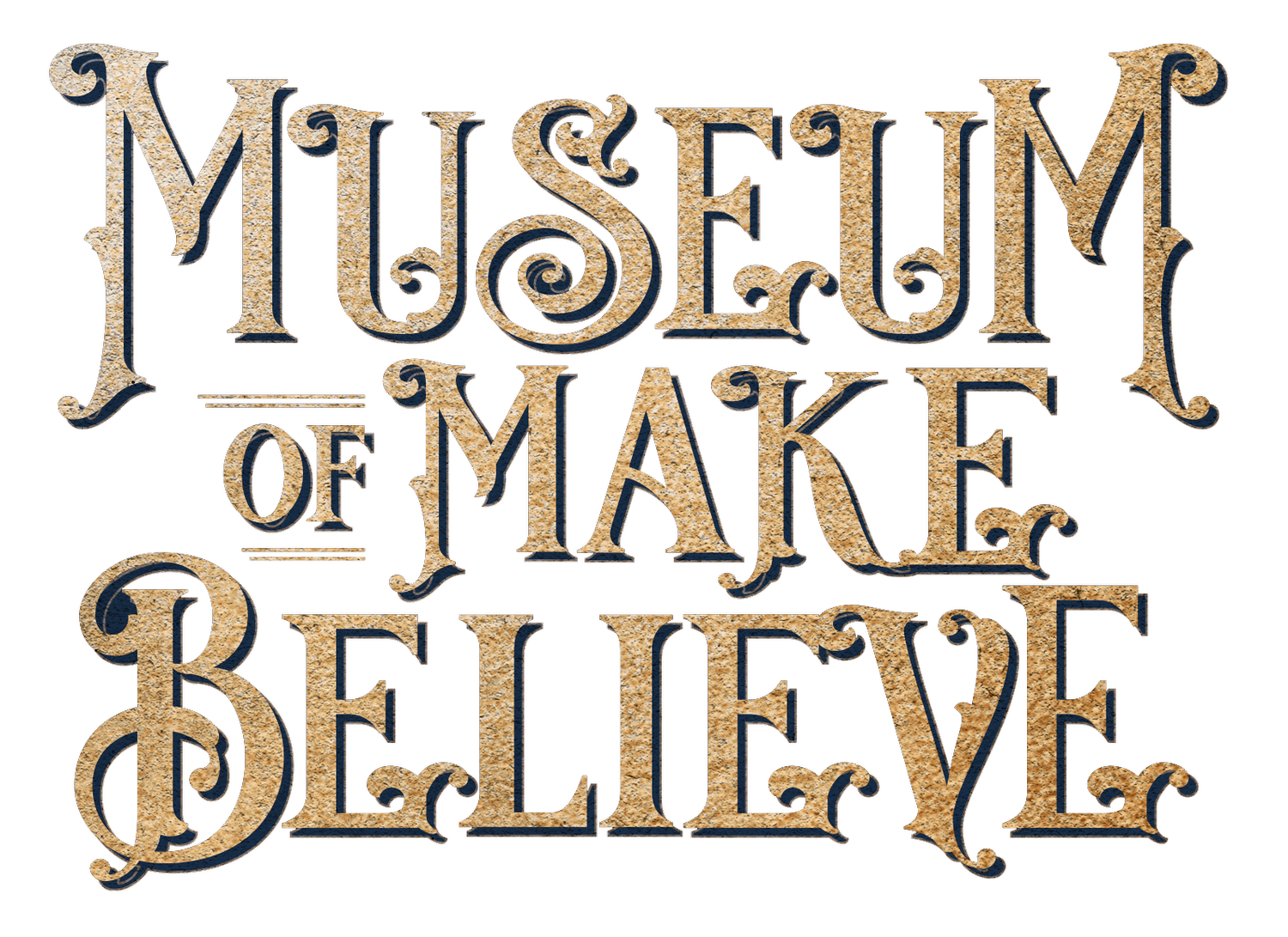Magic Lanterns in his Blood : Interview with Terry Borton
Terry Borton, Magic Lantern Showman
As a Museum our mission is to preserve the sacred art of storytelling and its intersection with visual arts. It is no surprise that we are fascinated by the lure of magic lanterns. There is something particularly appealing about imagining the early 1700’s in which you could find a magic lanternist meandering around a village with one of these early projectors strapped to their backs. If you were lucky enough to see a show, the lantern would be lit with the flickering light of a single candle as you watched the hand-painted slides appear before you, wispy and otherworldly, with the lanternist dramatically telling you the tale.
We were fortunate enough to get a chance to talk with Terry Borton, a fourth-generation lanternist, who has been performing magic lantern shows professionally for more than 25 years. In 1992, he formed a professional troupe, The American Magic-Lantern Theater and they perform shows all over the world! NPR has called it “a living national treasure “. Terry also created and curates The Museum of American Magic Lantern Shows. He authored a book about a magic lantern artist called, “Before the Movies: American Magic Lantern Entertainment and the Nation’s First Great Screen Artist, Joseph Boggs Beale”.
Please enjoy our conversation!
Terry, at right, watching a family magic lantern show, 1946.
We'd love to know a little about your history and how you discovered magic lanterns. What sparked your interest in them? I grew up with magic lantern shows. My great grandfather was the neighborhood showman back about 1900, and my Dad loved his shows, so he inherited his lantern and gave shows to us when we were kids in the 1940s. I loved them. When my kids came along in the 1960s, I continued the tradition.
Homepage of the virtual Museum of American Magic Lantern Shows.
Can you tell us about the founding of the Museum of American Magic Lantern Shows? I’d been doing shows around the country for many years as The American Magic Lantern Theater and had written (with my wife) a book on Joseph Boggs Beale, the premier magic lantern artist. But then I realized that I hadn’t really studied the largest part of magic-lantern culture, illustrated lectures. I started collecting broadsides, programs, tickets, and advertisements for these shows and was amazed at the incredible diversity of subjects illustrated by magic lantern slides, and by the diversity of showmen and show-women. I decided to put what I learned into a virtual museum, The Museum of American Magic Lantern Shows.
Do you have a favorite type of magic lantern and do different lanterns or light sources create unique effects? Yes, different light sources do create unique effects. In the summer I give shows in the mountains where there is no electricity, so I use an old kerosene lantern. The light flickers, giving a ghostly feel to the images and the kerosene has a distinctive smell that takes me right back to those family shows my Dad put on when I was a kid.
Lantern slide image for Evangeline by Joseph Boggs Beale.
What types of slides and imagery appeals to you the most and why? Well, of course, like everyone else, I love the comics. But I’ve become fascinated with the work of magic-lantern artist Joseph Boggs Beale. Beale created over 2,000 images for the lantern, in over 250 sets, covering subjects such as Literature, History, Current Events, Religion, and Secret Society rituals. Almost single handedly he created screen entertainment for the generation before the movies.
Please tell us about some of the shows you perform and what you most enjoy about them. Altogether, we’ve given over 1,000 shows in 38 different states and 6 foreign countries. We have 10 different full length shows that we perform. Most have a holiday hook (Christmas, Halloween, Valentine) etc., so that potential customers have something to hang on to, since they are unlikely to know what a magic-lantern show is. The different shows are like my grandkids, I love them all, but they do have different characters. The Christmas Show is full of the great old Victorian Christmas stories; the Halloween Show appeals to my love of the strange and bizarre.
A dramatic flair helps keep an old medium alive.
How do you incorporate the live elements such as music and drama in your shows? Music and a dramatic flair are very important in making this medium come alive. Without that, it’s just boring old pictures. (Well, of course I think the pictures are stunning, but by themselves they won’t hold an audience for an hour and a half in the dark.)
Can you tell us about the development of stories for your magic lantern performances? Most of the stories we tell in our shows are traditional – The Night Before Christmas, Hiawatha, The Raven --- all illustrated with Beale slides. But Beale’s “comic sketches” had no script, so I’ve made up my own. The action for a slide set like Sally Casey and the Billy Goat moves fast and I’ve had a great time making up a Victorianish script for them.
Making up a story for Sally Casey was easy because the action was so dramatic.
Magic lanterns are clearly a special way of telling stories. In your opinion, what makes that so? Are there certain types of stories that you most like to tell? Most storytellers weave their magic with words alone. But adding pictures can make the story much more powerful. The audience is drawn into the pictures by the words. In the case of Beale’s art, the pictures are specifically designed to reveal the details of the world being described by the words. The result is that the audience can easily become lost in that world. So my favorite stories are the ones with the most drama in the voice and in the pictures. It’s hard, for instance, to beat The Raven.
The Phantasmagoria, a 1799 magic lantern show in Paris, France.
In the past, magic lanterns were used to tell ghost stories and, as we understand, even used in séances...can you tell us more about that? Right from the beginning (about 1650), ghosts and skeletons were features of lantern shows. In the 1790s there was a very elaborate ghost show in Paris, the Phantasmagoria—from which we get that word. The ability of the lantern to create something “out of thin air” made it a natural for the séances in about 1900. Later, in the 1920s, there were shows that pulled back the curtain to demonstrate how the magic lantern created such séance effects.
There seems to be a connection between magic lanterns and the holiday season. How might that have come to be? Well, I’ve already explained why our traveling theater uses holiday “hooks.” But it’s also true that lantern shows were often tied to holidays in general, especially Christmas. I think that’s because Christmas is a time to celebrate good spirits and what better way to get into good spirits than a magic lantern show?
Do you have any advice for people who may want to purchase their own magic lantern to use at home? Yes, our Museum of American Magic Lantern Shows website has a section on how to purchase a lantern and slides on a budget. If you have unlimited funds, well then it’s very easy indeed. Just go on Ebay. There are dozens of lanterns and thousands of slides to choose from.
Please tell us about your book, "Before the Movies". This is a scholarly book, documenting Beale’s work, so it’s not an easy read. On the other hand, there are over 300 pictures in it, and we carefully told a lot of the basic story in the captions to the pictures. So it is interesting to browse through, and if you’re trying to figure out if a slide is by Beale, this is the book you need. The cheapest place to buy it is on eBay. Or you can purchase it on Amazon.
How can people find out more about you and even see a show? Because of the current pandemic, we’re not touring now, but in place of that I’ve been developing YouTube versions of our shows --- short videos of single stories, songs, or comic sequences. There are four Christmas videos and five Patriotic ones. Some of the Patriotic ones are clips from a movie we made of a live performance with kids, so you can see how they respond. You can find the channel here. As I say after every video, if you enjoy watching, please like and subscribe, don’t forget to hit the notification bell!
And, with a little luck, we’ll be back touring again in the near future! Look for our schedule on our American Magic Lantern Shows website here.









